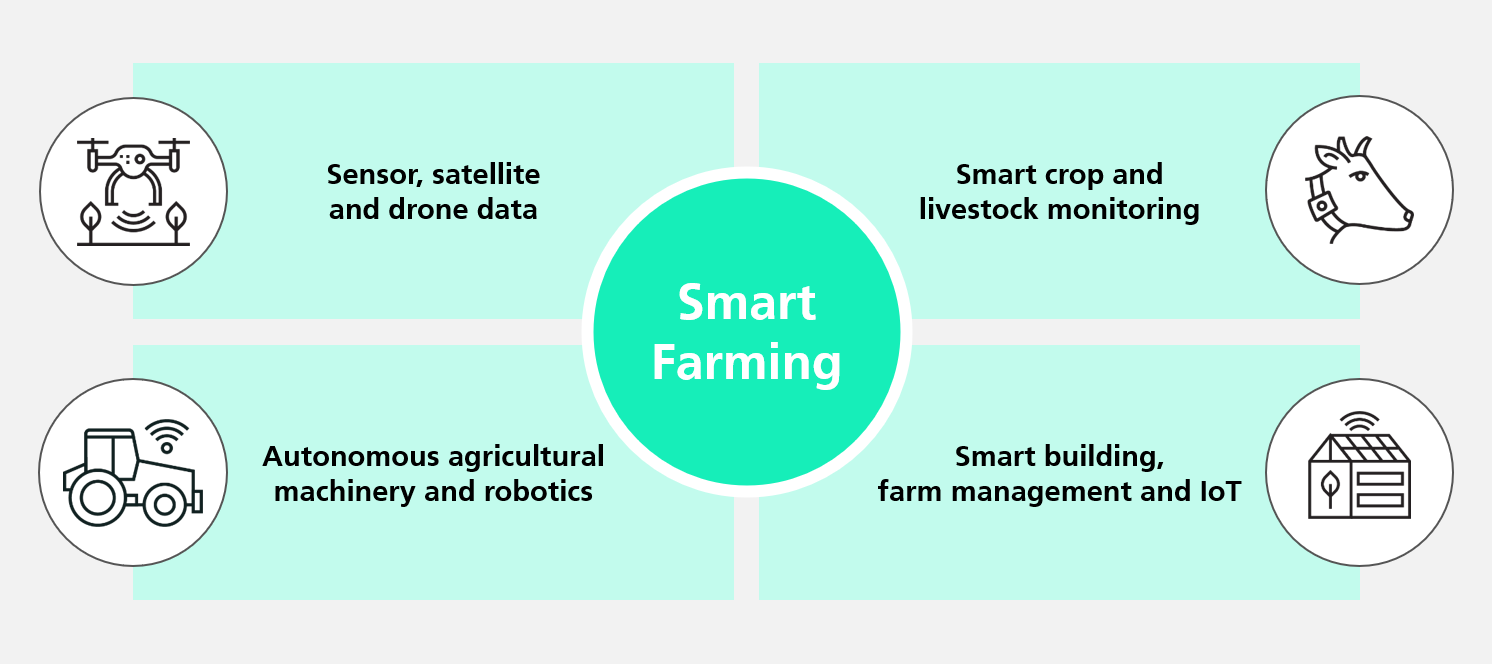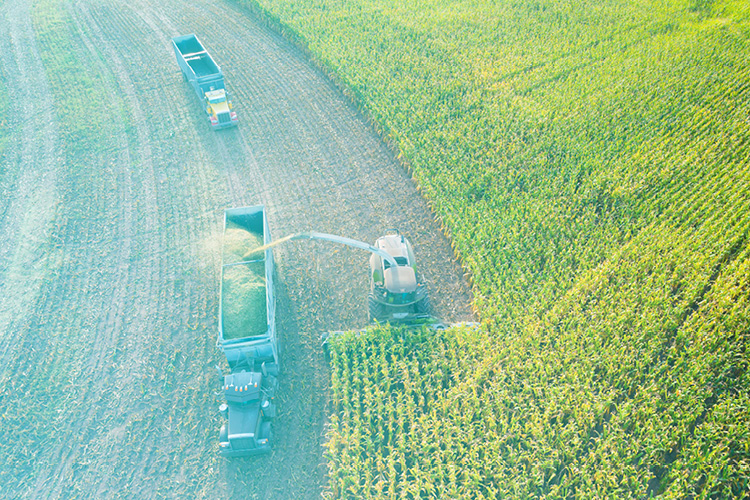Using conventional technology for fertilizing or harvesting fields cannot solve the current problems faced by agriculture. Approaches are required that are based on state-of-the-art information and communication technologies and that digitize and automate agriculture. In other words, Smart Farming. Smart Farming makes it possible to simultaneously render agriculture more sustainable, efficient and resilient. Lower costs for the sensor technology make investments in smart farming technologies attractive. That's why the market is currently being flooded with a variety of services from different manufacturers. In order to ensure the interoperability of these services, they are integrated into the Internet of Things for the Farm (Farm IoT), The Fraunhofer Institute for Cognitive Systems IKS, which specializes in intelligent, networked systems and the associated software applications, develops solutions for this field. It supports manufacturers of agricultural machinery, agricultural technology or agricultural software in the development of product innovations and solutions for smart farming. The focus here is on four key application areas of smart farming:
- Sensor, satellite and drone data
- Smart crop / livestock monitoring
- Autonomous agricultural machinery and robotics
- Smart building / farm management & IoT
Contact us directly
 Fraunhofer Institute for Cognitive Systems IKS
Fraunhofer Institute for Cognitive Systems IKS


